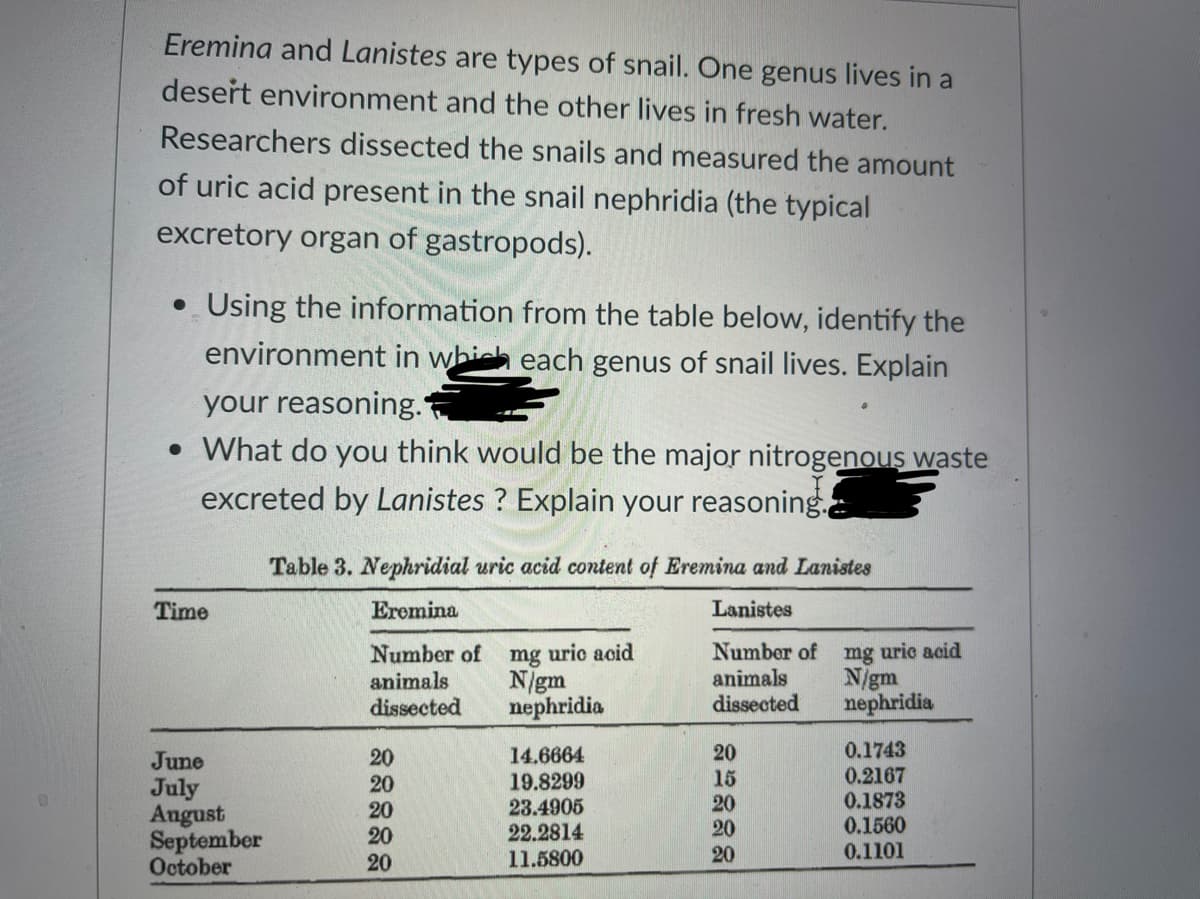Eremina and Lanistes are types of snail. One genus lives in a desert environment and the other lives in fresh water. Researchers dissected the snails and measured the amount of uric acid present in the snail nephridia (the typical excretory organ of gastropods). Using the information from the table below, identify the environment in which each genus of snail lives. Explain your reasoning." • What do you think would be the major nitrogenous waste excreted by Lanistes ? Explain your reasoning.a Table 3. Nephridial uric acid content of Eremina and Lanistes Time Eremina Lanistes Number of mg urio acid animals dissected N/gm nephridia Number of mg uric acid animals dissected N/gm nephridia 0.1743 0.2167 0.1873 0.1560 20 15 14.6664 19.8299 23.4905 22.2814 11.5800 20 20 June July Angust September October 20 20 20 20 20 20 0.1101 &8888
Corona Radiata
Corona Radiata is a collection of nerve fibers present in the brain that carries messages between the brain cells of the cerebral cortex and the brain stem. Both brain stem and cerebral cortex play a role in motor function and sensation and it is the corona radiata that links both sensory and motor nerve pathways between these structures.
Neuron Structure
A neuron is defined as the functional unit of the body system called the nervous system. It is significant in transmitting signals that include receiving and sending the signals from a portion of the brain. The neurons are considered specialized cells in terms of their structure.
Afferent Neurons
Neurons are electrically excitable cells in the body specialized for receiving and transmitting information. They are referred to as the structural units of the nervous system. The important parts of a neuron include the cell body, dendrites, and axons.
Motor Homunculus
The term homunculus is Latin and is referred to as ‘little man’. In neuroanatomy, the cortical homunculus is either the motor or sensory distribution along the cerebral cortex of the brain. It was discovered by the great scientist ‘Wilder Penfield and Edwin Boldrey in the year 1937. It is a map that corresponds body part to touch sensitivity. The proportion of the sensory cortex to the size of the body region is irregular. For example, a small area is devoted to sensations that are arising from the trunk, and a large cortical area is devoted to the face and lips.
Nervous System
The nervous system is the portion of an animal's body that controls and transmits signals between various parts of the body. The central nervous system (CNS) and the peripheral nervous system (PNS) are the two primary components of the nervous system in vertebrates. The brain and spinal cord are housed in the CNS. The PNS is made up primarily of nerves, which are long fibers that link the CNS to every other part of the body, but it also includes peripheral ganglia, sympathetic and parasympathetic ganglia, and the enteric nervous system, which is a semi-independent part of the nervous system that regulates the gastrointestinal system.

The body of the animals can store fats and carbohydrates however, they are unable to store proteins or amino acids. therefore, the amino acids that can not be utilized are deaminated immediately i.e., the amino groups (-NH2) are removed.
Nitrogenous waste materials such as ammonia, urea, and uric acid are produced during the metabolism of proteins. Out of them, ammonia is the most toxic and uric acid is the least toxic.
Step by step
Solved in 3 steps


